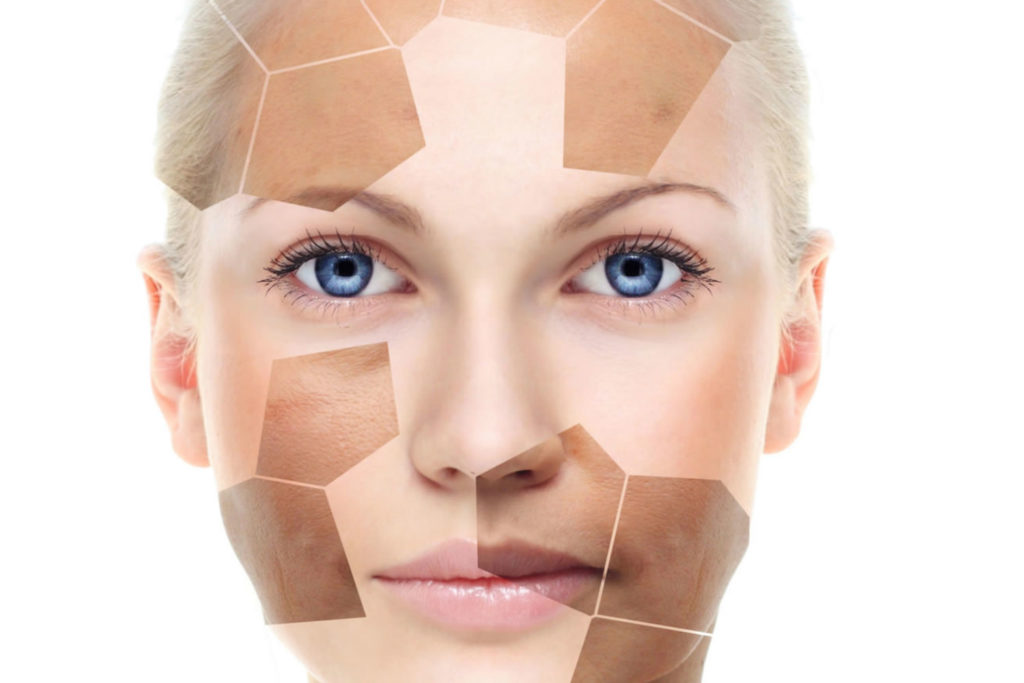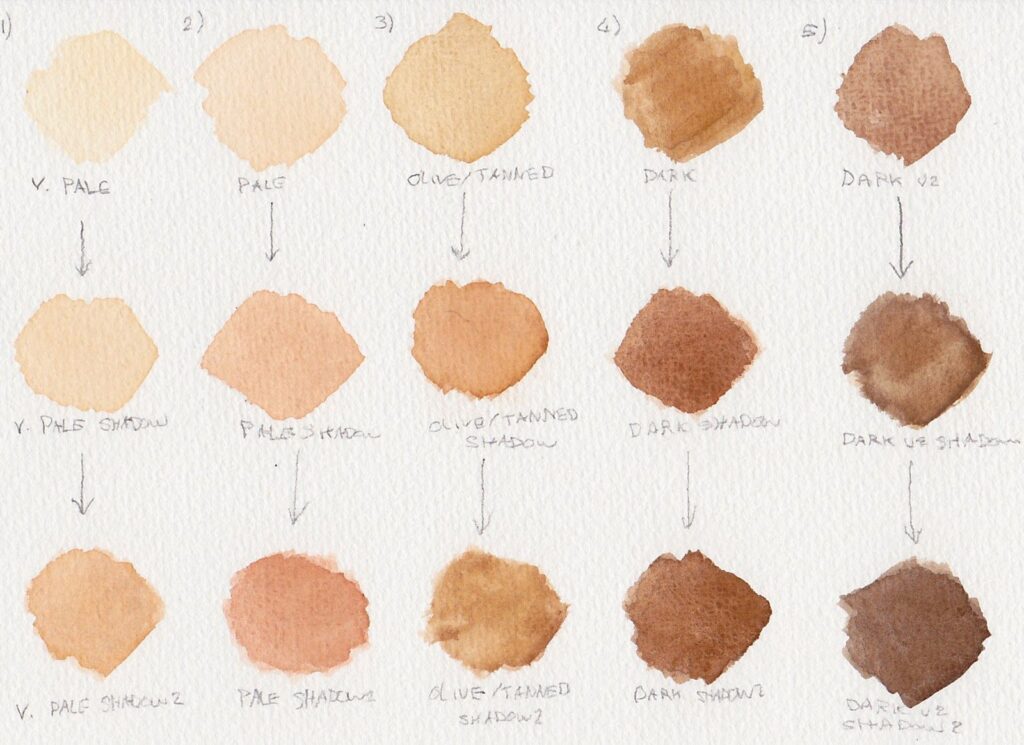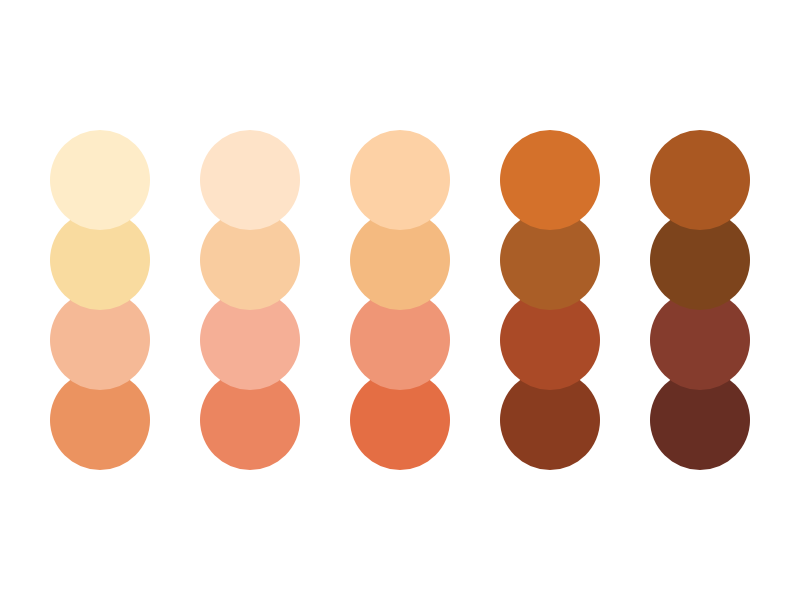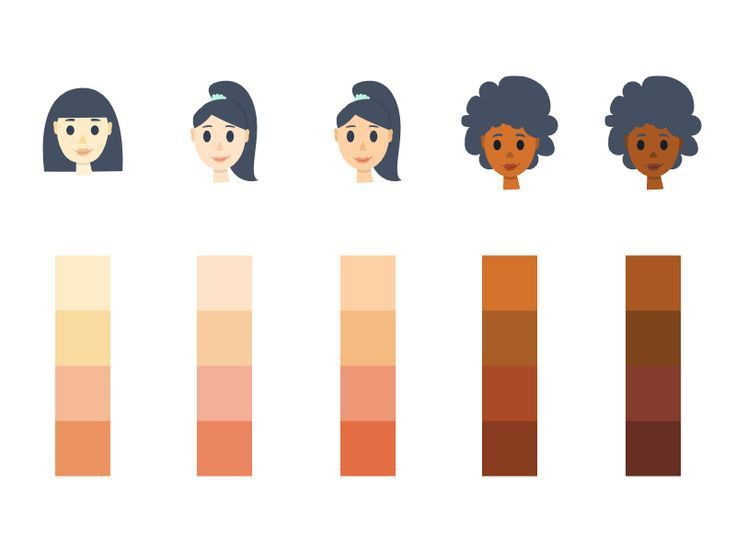Your skin’s hue is referred to as skin color pigments. The quantity and kind of melanin, a pigment produced by certain skin cells called melanocytes, determine it. Pigment disorders such as hyperpigmentation (dark spots), hypopigmentation (light spots), and depigmentation (white spots or patches) can be caused by variations in melanin production.
Changes in melanin and, consequently, skin pigmentation may result from sun exposure, autoimmune diseases, blisters, wounds, acne, and other skin injuries.
Genetics and skin pigmentation are discussed in this article. Treatment options for skin pigment disorders are also covered.
Skin color pigments
The pigment known as melanin, which is produced by certain skin cells called melanocytes, is what gives skin its color. The kind and quantity of melanin in an individual impacts their skin color pigments.
Skin discoloration occurs when your skin tone deviates from your natural skin tone. Each person’s appearance of skin discoloration varies as well. Patches or areas of discolored skin might seem red, brown, white, pink, purple, or black, depending on the cause of the discoloration and your skin tone. Your skin might change color for a variety of reasons.
Melanin production is the source of several skin discolorations. Your skin, hair, and eyes are colored by melanin, which is produced by the cells in your body. These melanin-producing cells can occasionally sustain an injury that causes them to produce either too much or too little melanin.
An excess of melanin produced by the body results in darker skin. The lack of melanin in your body causes your skin to become lighter.
Skin discoloration may result from:
- Skin conditions.
- Birthmarks.
- Infection.
- Skin cancer.
- Trauma or injury (such as blisters or burns).
- Allergic responses.
- Drugs.
- Substances.
- Medical circumstances.
Your skin may become dry, scaly, and itchy as a result of certain skin diseases. Others only change the tone of your skin. Numerous skin pigmentation problems are curable and don’t have long-term negative effects.
Get in touch with a dermatologist or healthcare professional if you have discolored skin, observe any changes in the color of your skin, or develop new rashes or marks on your skin.

Read more: Most Common Types of Skin Diseases
What purpose does melanin serve?
The skin color pigments known as melanin is responsible for the diverse tones and hues of human skin, hair, and eyes. The quantity of melanin in the skin determines coloration or pigmentation. The absence of melanin would result in light white skin with pink undertones from blood vessels passing through it.
Melanin is produced in very small amounts by persons with fair skin, moderate amounts by those with dark complexions, and maximum amounts by people with extremely dark skin. Albinos’ skin appears white or light pink because they have little or no pigment in it.
While melanin is normally spread fairly equally throughout the skin, certain individuals may have areas or patches of skin that have a higher melanin content.
These spots include melasma, freckles, and aging spots (lentigines).
Melanocytes are specialized cells that create melanin. The basal layer, which is the deepest layer of the skin’s outer layer (epidermis), is where melanocytes are dispersed among other cells. Melanin penetrates adjacent skin cells when it is created.
The function of melanin is to shield bodily cells’ DNA from UV ray damage. It adds color to the hair, skin, and eye irises. Melanin is produced more when the skin is exposed to sunlight, shielding the skin from damaging UV (ultraviolet) radiation. Furthermore, variations in hormones can impact the synthesis of melanin.

Read more: Skin and hair care for men
Which kinds of illnesses involving skin color pigments are there?
Kinds of illnesses involving skin color pigments, such as the following:
-
Albinism
This is an uncommon genetic condition. It reduces skin, hair, and ocular melanin pigment levels. Albinos, or people with white hair, a pale complexion, and pink or blue eyes, are characteristics of albinism. Depending on the lighting, their eyes might seem red. Many also experience visual issues.
Albinism does not have treatment. Those who have this illness should wear hats, sunglasses, and sunscreen to protect their skin and eyes from sun damage.
-
Melasma
The result is symmetrical, dark brown to gray-brown pigment spots on the face. This is referred to as the “mask of pregnancy” throughout pregnancy. Melasma is believed to be brought on by hormones, birth control pills, and sun exposure.
Using sunscreen and limiting your time outside can help keep melasma from growing worse. Prescription creams with hydroquinone and tretinoin to lighten the patches might be an additional course of therapy.
-
Loss of pigment following skin injury
Sometimes the skin in that region may not regenerate some pigment following an ulcer, blister, burn, or infection.
There is no need for therapy. Usually, makeup may hide the flaws.
-
Vitiligo
The skin develops smooth, white spots as a result. It is brought on by the skin’s melanocytes, which are cells that produce pigment.
Treatment options include surgery, light-sensitive medications, UV light treatment, corticosteroid creams, cosmetics or long-lasting dyes to cover smaller areas, as well as depigmentation, which is the process of eliminating the skin’s residual color to make white regions less noticeable. Ruxolitinib, a prescription skin lotion for vitiligo, received FDA approval in July 2022.
-
Sunlight lentigo
Often called liver spots or age spots, these patches range in color from light brown to dark brown. Long-term sun exposure is the cause of age spots. They are present on the face, forearms, and backs of the hands, which are exposed to the most sun.
Skin creams and procedures like chemical peels and laser therapy are examples of possible treatments.

Read more: Diet for Glowing Skin: What to Include for Inner and Outer Radiance
3 Products to prevent Skin color pigments
Pigments that give skin its color, such as the following:
Divine Locks
After years of meticulous investigation and scientific study, the Divine Locks Complex was found. The days of ineffectual hair treatments providing short-term respite are long gone. By using Divine Locks, you may access a plethora of information drawn from many years of peer-reviewed study, including studies from prominent universities like Harvard.
Folifort
It’s time to give Folifort, the finest hair support product on the market, a try! The goal of this unique blend, developed by Folifort’s creator Alma F., is to help you grow a full head of hair.
The scientifically proven method only contains natural ingredients that come from non-GMO crops and have been demonstrated to promote natural follicle regeneration, which improves the production of healthy hair.
BioRestore Complete
With 16 potent natural components, BioRestore Complete is a groundbreaking new solution that effectively removes dark spots, shields the skin from damaging radiation, and erases indications of aging and damage on the face.

